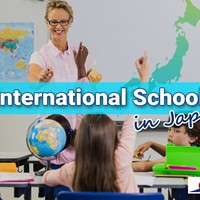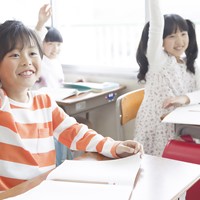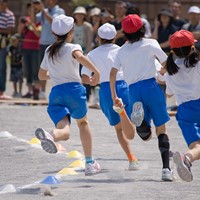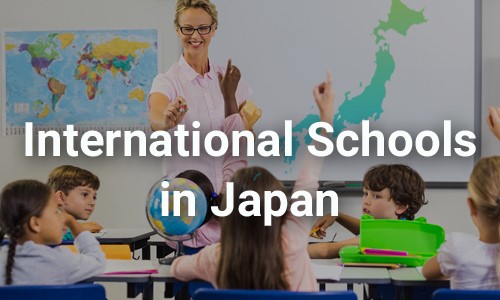Japanese Daycares, Preschools & Kindergartens—How Do They Work?

Does Japan Have Daycare & Kindergarten?
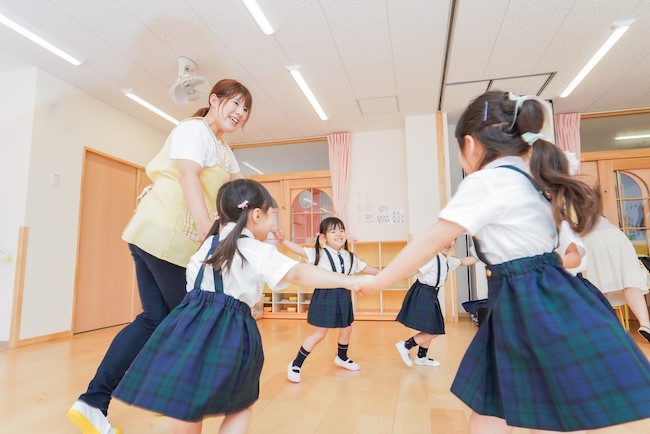
While daycare and kindergarten are traditionally Western concepts, they have recently seen a sharp rise in popularity. Compulsory education in Japan doesn’t start until elementary school, but over 85% of students have completed at least two years of kindergarten before they reach elementary school. Therefore, it is an important consideration for young families in Japan.
The Difference Between Daycare, Preschool & Kindergarten in Japan
Several different facilities and types of early childhood care are used in Japan, with some different terms to describe them. It can become confusing when first trying to enter the system.
The most fundamental decision is whether to send your child to hoikuen (保育園) or youchien (幼稚園). Hoikuen generally covers daycare facilities, which are also called nurseries, while youchien refers to kindergarten and preschools. There is no distinct difference between kindergarten and preschool in Japan; they combine into one organization.
The main difference between hoikuen and youchien is that of child care vs. education. Hoikuen can start from a younger age and is more focused on general childcare, while youchien starts from an older age and covers a wider range of education-based topics and activities. Some of the key terms to keep in mind when looking for an appropriate hoikuen or youchien are
・Hoiku (保育) – This is a more generic term to refer to daycare as a whole category.
・Hoikusho (保育所) – This refers to a nursery or daycare facility.
・Ninka (認可) – A ninka is a government-authorized facility. These are often publicly owned, but there are some private facilities.
・Ninshou (認証) – Ninshou covers private facilities authorized by the government that may be eligible for subsidies. These are unique to Tokyo.
・Mu ninka (無認可) – Mu ninka or Ninka gai (認可外) facilities are privately owned and operated without any government subsidies available.
Japanese Daycare & Nursery School: Hoikuen
Some other differences between hoikuen and youchien involve the work status and lifestyle of the parents. Hoikuen covers children of working parents—the purpose is childcare and looking after the child while the parents are working. For this reason, the operational hours are usually longer to fit a standard working schedule.
Japanese Preschool & Kindergarten: Youchien
On the other hand, youchien is open to children regardless of their parents working status. The hours are often shorter, with long holidays matching the regular school year. This is because it is more education-based and considered a step into the regular education system; rather than being intended to fit around the parents working hours.
What Age is Daycare & Kindergarten in Japan?
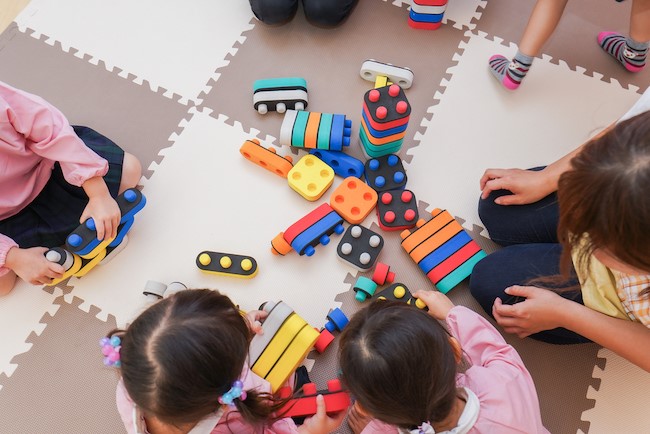
As previously mentioned, hoikuen and youchien cover different age groups. These age groups overlap, so the decision between hoikuen and youchien is important. Hoikuen generally covers children from 0 through to the age they start elementary school (usually 5 years old). Children can start at hoikuen as infants and stay until they begin elementary school. Some hoikuen centers will only accept children ages 1 and up. Youchien facilities only cover children from 3–5 years old (or the age at which they start elementary school).
Applying to Daycare and Kindergarten
Applying for various daycare or kindergarten facilities can be difficult, as the process differs widely depending on whether the facility is private or publicly owned.
Applying to a Publicly-Owned Facility (Ninka)
An application to a ninka (publicly owned and operated) facility involves a point system that correctly prioritizes families who need daycare the most. Single parents and families with two parents working have priority. However, many other factors can make a difference, like the following.
・Whether or not the parent applying is currently on maternity leave (+10 points);
・If parents are working 7 or more hours a day for an allotted number of days each month (+40 points for 16 or more days and +50 points for 20 or more days);
・Whether or not the family is living with grandparent (-6 points)
・And whether or not the family lives in the same ward as the chosen facility (-10 points if not living in the same ward).
When applying, it is required to provide a list of preferences for which facilities you would like your child to enter, as it is rare to get your first choice.
The application is processed at the local city hall. Processes may differ slightly depending on the municipality, so it is best to ask for more details at your local city hall. The applications can be submitted year-round with a cut-off point around November or December for the following school year. Due to the competitiveness of the ninka system, however, many parents apply as soon as the baby is born.
Applying to a Privately-Owned Facility (Mu Ninka)
Both ninshou and mu ninka/ninka gai facility applications can be filed directly with the facility. It involves filling out and submitting an application form. Some facilities will also ask to meet with the parents before approving the application. These applications can also be made year-round.
When applying for a kindergarten, the process is more involved. It starts with ‘open days’ similar to ‘open campus’ or ‘open house’ of a school or university. These start in September. In October, kindergartens will release their applications. Some kindergartens are very competitive and only release a certain number of applications.
If you are hoping to apply to one of these kindergartens, you may need to line up early in the morning to secure an application form. The kindergarten will then have an application submission day and interview. The time of your submission on submission day will determine how early or late your interview is.
The interview is very formal, and schools expect professional attire. The interview process can differ slightly by kindergarten but mainly consists of observing the children playing together without their parents; and asking the parents questions about their child.
Results are released a short time later, commonly in November. The school year starts in April, so your child should have a secured place at a kindergarten by the end of the previous calendar year.
How Much Do Daycares and Kindergartens Cost?
The prices of daycares and kindergartens can vary depending on where you live and the particular pricing scale of the school. Pricing for public facilities runs on a sliding scale based on the previous year’s income. It can range from ¥10,000 a month; to ¥70,000 a month.
A private daycare facility largely depends on the facility itself. Average pricing is around the high end of the public facility scale, from ¥40,000 - ¥80,000 monthly. Some private facilities also require a one-time entrance fee.
As of 2019, kindergartens and children ages 3-5 in government-authorized hoikuen facilities are tuition-free. Private facilities do still charge a monthly fee.
Japanese Kindergartens, Preschools & Daycares: Early Education Explained
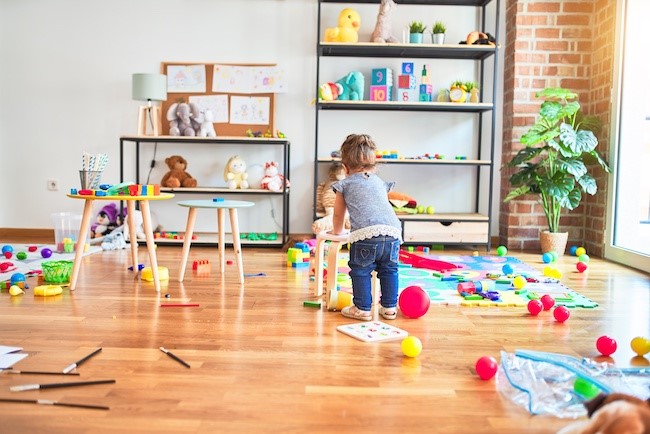
Trying to navigate the school system in Japan can be difficult for foreign residents, and it starts from an early age. Learning the differences between hoikuen and youchien—and then deciding what kind of facility to send your child to based on your family circumstances is a big step in anyone's family planning. Hopefully, the information provided here makes that decision a little bit easier. For more information on everyday life in Japan, check out our countless other articles on the subject here.
